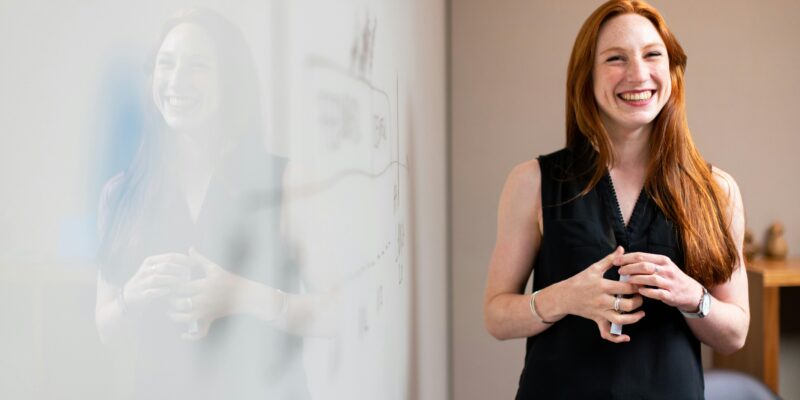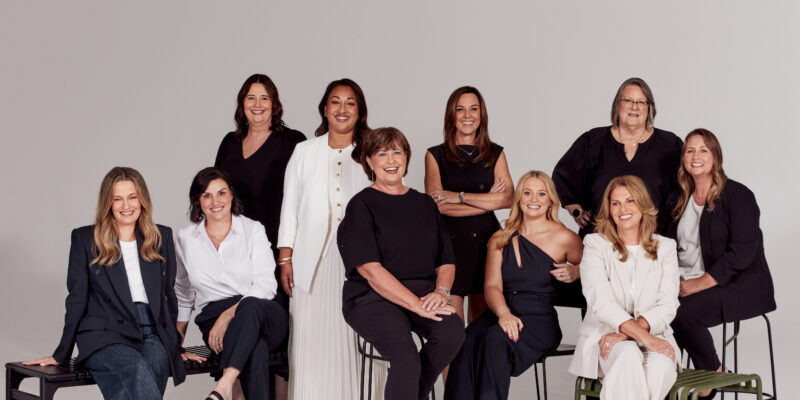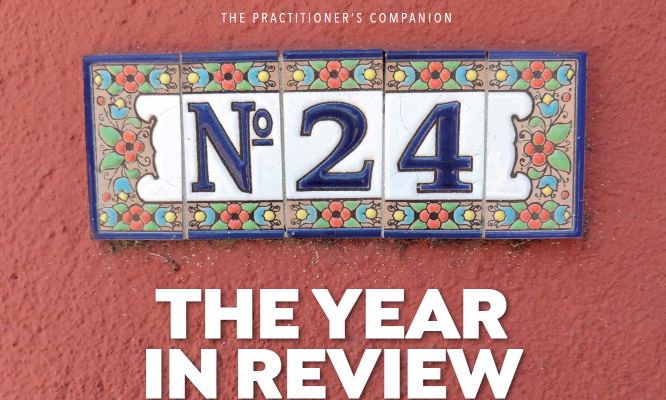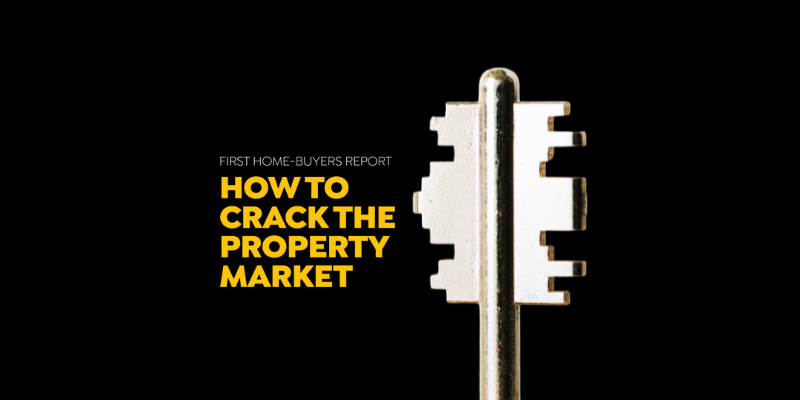Why it’s important to make yourself heard
Many Australian actors who became hits in Tinseltown studied at NIDA, but it’s not as well known that their acting tools are also being used to train business leaders how to communicate more effectively.

MANY Australian actors who became hits in Tinseltown studied at NIDA, but it’s not as well known that their acting tools are also being used to train business leaders how to communicate more effectively.
“We teach the courses we’re famous for – the acting courses – but we also have other courses for people who want to be leaders around the world in their desired field,” says Elsie Edgerton-Till, a learning design specialist at the National Institute of Dramatic Art.
“Really, we are borrowing from the actors’ toolkit to give real, practical tools to people of business to land their message.”
Figures from chief executives to politicians and sports stars have taken the NIDA courses to be better seen and heard, whether it’s to improve their confidence as presenters or public speakers or train their voices to make an impact.
While these leaders may be experts in their fields, it’s not their words but how they use their bodies to communicate their message that is most important, Edgerton-Till says.
For example, hunched shoulders and a downcast gaze could signal to an audience you are scared and unsure, and this affects how they receive your message.
“In a lot of our courses, we spend time focusing on physicality, the body and then the voice – our tonality – and what we can do with our voice to land a message to come across as more confident or authentic, depending on what the person entering the room is looking to change to help them be a better communicator.”
Tools are also available to help those petrified of public speaking become more centred and self-confident.
“When something is important to us for whatever reason, it affects our breath,” Edgerton-Till explains.
“That affects the quality of our voice. It could sound thinner … or it might come across as not being literally loud enough, as other people can’t hear what is being said.
“We talk about the awareness of what is happening, and then we look at tools to shift that experience. There are practical tools in the actors’ toolkit we can use.
“We look at how we can connect to that diaphragmatic breathing – or stomach breath – to add fuel to the voice, so our voice comes across as centred and connected, which will be read by an audience as someone who is certain about what they’re saying.”
Edgerton-Till says she has witnessed “incredible” changes in participants who have used NIDA’s transformative tools to share their message with the world.
“What we see is often quite profound,” she says. “For example, on our influential women course, people are often moved to tears by seeing the change in the group of people they’ve gone on this journey with, who were strangers at the beginning.”
One memorable participant was a policeman terrified of public speaking.
“His best friend was getting married and he really wanted to deliver the best man’s speech,” Edgerton-Till recalls. “All his life he’d literally run away from public speaking.
“By the end, he found a way to stand in his body and own the room. He shared his best man’s message, and the whole room burst into clapping.
“He found tools he could utilise to do something so important to him, and he did it. It was remarkable.”
Edgerton-Till’s tips on how to deliver your message with impact
- Do a physical warm-up before a high-stakes presentation to get into your body, even if it’s stretching or a walk around the block.
- Warm up your vocal cords by singing your favourite car song to help open up your vocal range and prevent a shaky voice.
- Remember breath is your most powerful tool.
- Breathing exercises such as slow, deep breathing can reduce your heart rate and help deal with nerves.
- Be aware of how you hold your body – avoid hunched shoulders or a downcast gaze.
Elsie Edgerton-Till
Learning Design Specialist
National Institute of Dramatic Art
https://www.corporate.nida.edu.au
T: 9697 7560




